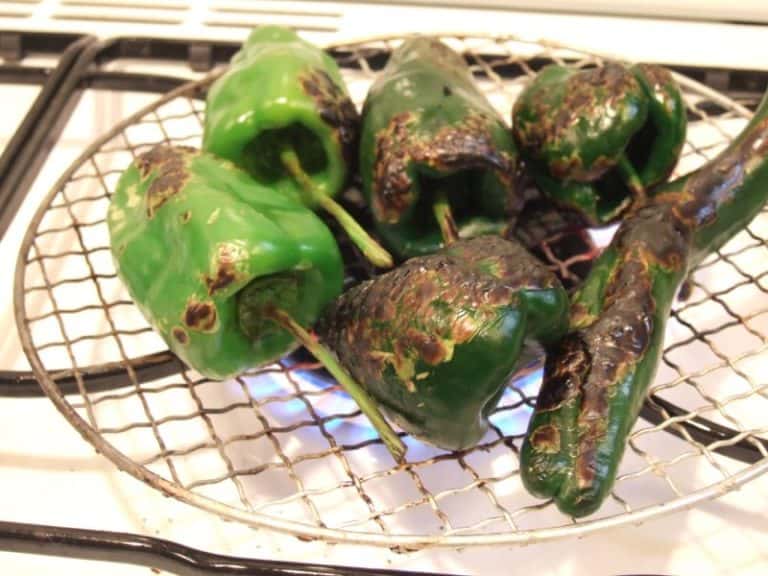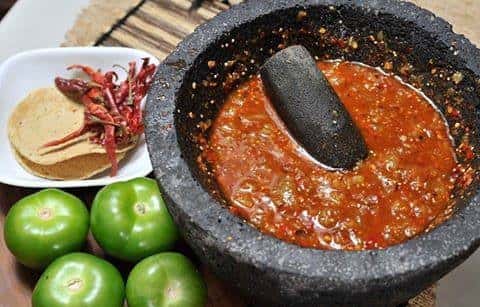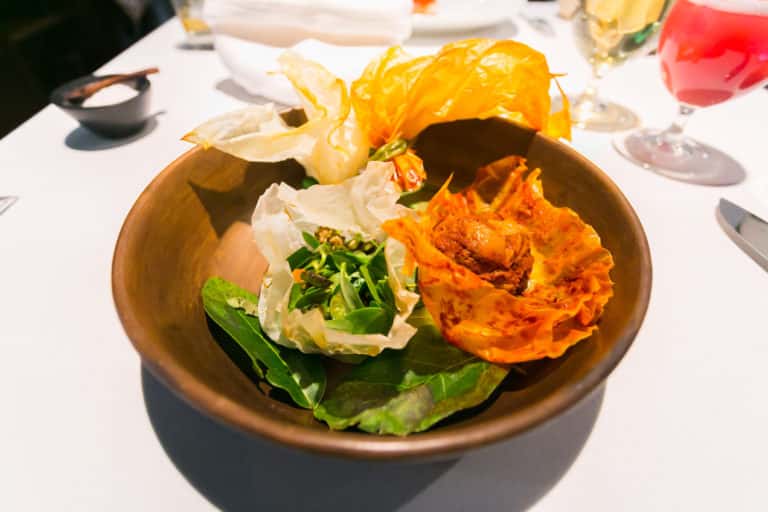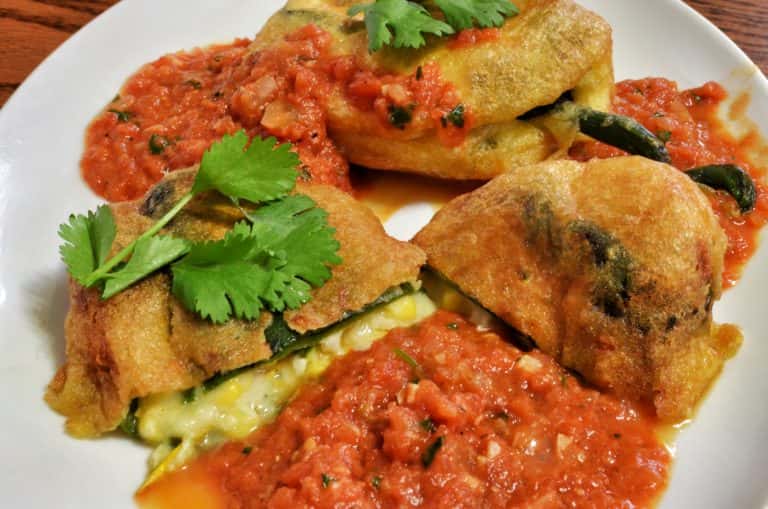If you’re reading this, it’s not too late. Whether you love Mexican gastronomy, you ran out of recipes to try at home, or you’re just a bored curious person, we want you to know that you are in the right place.
Before anything else, we must stand for the importance of food. The existing bond between food production, human survival, and human identity is an expression of culture. In other words: ingredients, cooking techniques, social practices, and the people we share food with have meaning, profound meaning. This said, there is nothing left to do but to motivate ourselves and take advantage of the uncertain situation we’re living in.
Dare to meditate, spend quality time with your loved ones, and explore your identity, expressing culture and exploring new things inside the comfort of your kitchen.
We chose four Mexican culinary techniques that might help you cook everyday dishes even better and will give your confinement a Mexican touch. Are you ready to try them?
Tatemado
The name comes from the Nahuatl word “tlatla” (to sting), and from the Spanish “quemar” (to burn), and it is a culinary technique used to roast ingredients. The tatemado can be performed directly on fire or using a Mexican griddle or comal.
It grants smoky and roasted notes to ingredients, which makes them stronger if used in a salsa or any prepared dish. Likewise, this method can help remove some vegetables’ skin, being the most common example of the chile poblano when used to make rajas or chiles rellenos.
You can perform your tatemado by following the next steps:
- Wash and disinfect the vegetables you’ll use (chili, tomato, onion).
- (Optional) Place a Mexican griddle or comal on the stove.
- Put the vegetables on top of the griddle or directly over the flame.
- Let them sting until the skin is burnt on the inferior side, and turn them over to burn all sides.
- If your goal is to remove the vegetables’ skin, put them inside a plastic bag. They will “sweat,” and then you’ll be able to peel them off easily.

Molcajete crushing
The molcajete is a mortar made with a porous volcanic stone that comes with a “hand”, stone, or tejolote to crush ingredients properly.
The word molcajete comes from “molli” and “caxitl”, Nahuatl terms meaning salsa and container, understanding then that its main use is the creation of salsas. Molcajetes were Mesoamerican people’s blenders; however, their shape and material give artisanal crushed salsas characteristics a household appliance could never match.
To achieve perfect molcajete grinding, you should follow these steps:
- Place your ingredients inside the molcajete.
- Start grinding them, moving the stone over the bowl with circular, spiral, and/or straight, strong movements.
- Keep moving the stone according to what you want to do with your ingredients: chop them, grind them, or mix them.
- If you want to make salsa, you should normally add the ingredients starting with the hard-textured ones and finishing with the aromatic herbs.
You should know that in order to use a molcajete for the first time, you need to prepare it in a special way. First, you must pour some raw rice and salt inside the bowl and crush softly with the stone for five minutes.
Next, you will add a little bit of oil, minced garlic, and chili and continue grinding for five more minutes. Lastly, you should wash your molcajete with water and soap and rinse it perfectly. Once you’re done, the stone’s roughness must have decreased, and the stone dust from the outside layer should be off.

Mixiote
The name comes from Nahuatl terms “metl” (maguey) and “xiotl” (membrane), because mixiote refers to the leaf one can tear off a maguey plant.
Since the prehispanic time, this leaf has been used to steam prepared meat dishes, normally accompanied by a chili sauce and aromatic herbs. Lamb and chicken meat are the favorites for this technique.
However, some people use more exotic ones, such as squirrel, crocodile, or deer meat. It is important to say that maguey plants are protected species, so we suggest replacing the membrane with wax paper or aluminum foil to make your mixiote. When you’re ready:
- Prepare the sauce and season the meat you will use.
- Place the aluminum foil or wax paper in a bowl and put a piece of meat, a bit of salsa, and some herbs inside.
- Assemble the papers’ corners, and tie them with a hemp rope to form a small sack.
- Repeat the last step for each piece of meat because the sacks or mixiotes come in individual sizes.
- Place the mixiotes over a steamer without them touching the water.
- Steam them until the pieces of meat are fully cooked.

Capeado
It is also known as rebozado or baldado and it is basically frying an item that has been previously covered with an egg layer. We can think of it as a light batter-breading. Usually, this technique is used to prepare chiles rellenos (stuffed chili), nopales with cheese, tortitas de huauzontles or fish. It is also common to compliment them with red sauce.
To make your own capeado, follow these steps:
- Whisk the egg whites until frothy.
- Add the yolks and continue whisking until you get a soft yellow colored foam.
- Dredge your food item in flour.
- Soak it inside the egg batter.
- Place it on a hot pan with oil and fry until the outside layer is fully cooked and has turned gold.

Now, you’ve got no excuses to leave Mexican gastronomy aside during confinement. Don’t fear success and dare to try these techniques that make delicious dishes and have been part of traditional Mexican cooking for a long time.
Follow our social media Sabores México Food Tours to stay tuned on all the surprises we’re planning for this period and for you to learn more about Mexico and its gastronomy through this blog.
Also, be sure to browse our full selection of Mexico City Food Tours, so you can join us in the future when everything reopens.
Article by: María José Ordóñez Platas



